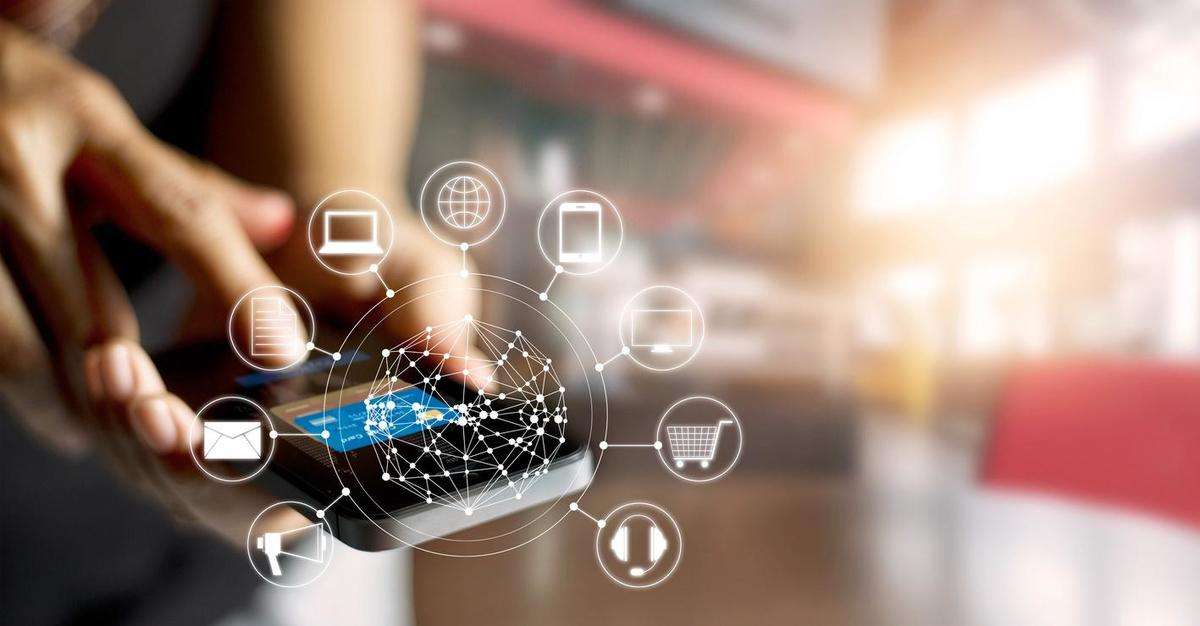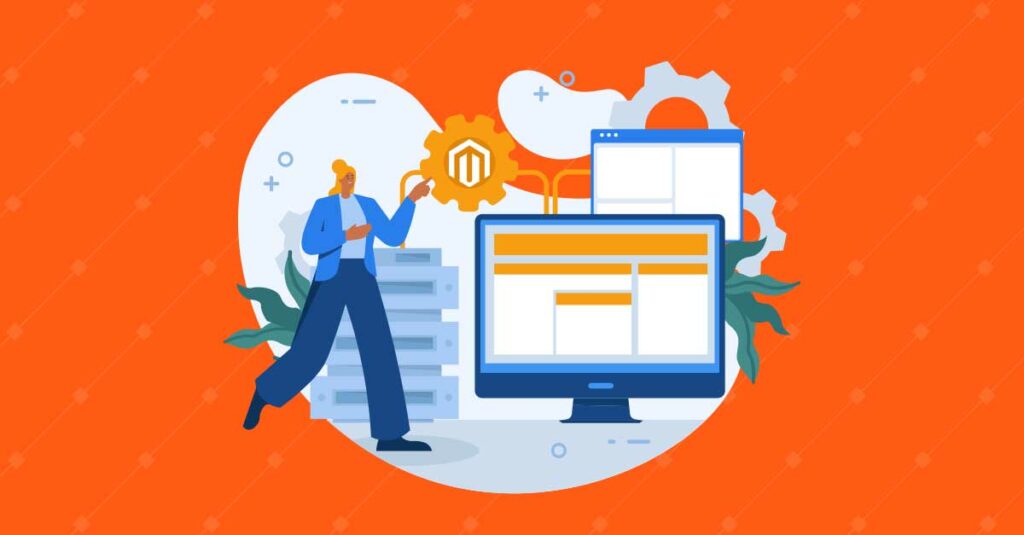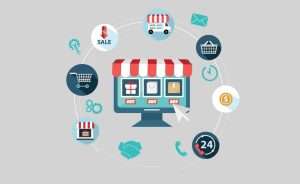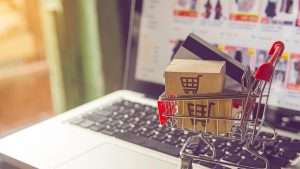It used to be that home improvement brands were known for their elaborate, well-designed, brand-resonant brick-and-mortar outlets. Customers preferred to go to the store, look and touch the products, and then purchase them. The experience was so finely crafted and engaging that going to the store was almost like a day out.
As with everything else in life, the pandemic changed that and much of the client interaction moved online. With the growth of eCommerce and the growing purchasing power of millennial customers, home improvement brands have had to beef up their online presence. After a rocky start, the last few months have seen digital channels driving a boom in the Home Improvement space.
That said, there are pretty unique complexities to address here. The first is a fragmented customer base. These are not just B2C brands that cater to end-consumers. They are also B2B brands that cater to the professionals such as designers, architects, and contractors.
Contact us – Learn How Ignitiv Can Help
There are primarily three categories in the home improvement market:
- Do-It-Yourself Customers: These are customers who buy and apply the products themselves.
- Do-It-For-Me Customers: These are customers who look for third-party service providers who provide services using the products that have been procured.
- Professional Customers: This segment includes contractors, builders, interior designers, and renovators who may buy in bulk or based on more strategic plans.
Each of these segments is different from the others and has completely different customer journeys. The complexity involved in serving the customers of each of these segments is different too. For example, a brand might not offer customized pricing to B2C consumers, but given the large ticket size, it might consider giving a special discount to professionals. Obviously, the onus lies on the brand to support the needs of each segment.
Also, given the fantastic in-store experience that customers have been used to, brands are conscious of the need to bake consistency into the experience they provide across their online channels. This is hard because eCommerce functions differently from stores.
To address such challenges, it’s important to look at digital building blocks across 12 primary aspects. Executing powerful strategies across each of these digital building blocks will enable Home Improvement brands to convert more prospects into customers by delivering an unforgettable experience.
The 12 Digital Building Blocks For Home Improvement Brands
Store-centric eCommerce
While several brick-and-mortar brands are flirting with eCommerce options, the successful ones have successfully integrated online and offline channels to create a seamless experience for customers. This is in acknowledgment of changing consumer behavior. So, a consumer can check the availability of items, inventory, store prices, ongoing promotions, etc. for each store on the website before going to the nearby store. This way, the brand can help consumers save time and get what they need on visiting the store and purchase the items.
How Home Improvement brands can build Customer loyalty among Professionals
Product information management
Product information is crucial to simplify the searchability for consumers on the site. If a consumer cannot find the product they are looking for on the website, they are likely to abandon and visit another website. Thus, brands need to ensure that the product information is as rich as possible and designed to pre-emptively address all possible queries. This could include – detailed product information, high-resolution pictures, product reviews, etc. The objective is to enrich the product data available from the ERP with rich marketing information and attribution.
Content
The home improvement industry thrives on content. This could include ‘how-to’ articles on home improvement, explainer videos, and design guides. Brands must ensure that these content pieces are easily searchable on their website so the consumers can find both information and inspiration to work on the projects. The best content seamlessly includes embedded product information to increase the chances of purchasing the product.
7 Changes We Expect to See in the Digital Commerce World in 2022
Fulfillment models
When it comes to customer-centricity, home improvement brands need to find out ways to fulfill shipping demands on time. They also need to allow for customer convenience. This means offering options like home delivery, self-pickup, and combinations of options. However, brands must ensure that their enterprise architecture, order management, and order fulfillment capabilities are well-managed to provide full satisfaction. These brands must have the capabilities to track orders from centralized and distributed warehouses efficiently.
Beyond products –rentals and services
The best home improvement brands offer rental services that start online and get completed in the store. Others add installation services to the cart even before the checkout process is completed. To offer differentiated services to customers, eCommerce must move beyond products and provide additional services to their customers as relevant. This also offers a higher margin for these brands.
Dropship/Marketplace
Most often, home improvement brands have limited products. To expand further and to monetize the online traffic, brands can consider implementing a dropship or marketplace model. The brand will not have to manage the inventory; the shipping will also be done directly by the vendors. While this can be a good source of revenue, brands must ensure that their dropship and marketplace strategies are well-designed and there is perfect integration between the inventories and orders and fulfillment processes spanning multiple vendors.
Payment methods
B2B and B2C consumers have different ways of payment and complexities abound. For instance, according to our research, the Do-It-For-Me customers executed more big-ticket home improvement projects than the other two categories. Hence, brands must offer consumers payment flexibility. A consumer can pay using a credit card or the brand’s gift card, e-wallets. Professionals, on the other hand, can be given POs and invoices with built-in credit terms as a payment option.
Personalization
Home improvement brands can leverage AI to drive personalization. As volumes scale, AI can provide personalized product recommendations and send personalized communication such as emails and messages to both B2B and B2C consumers. This will help the brands to drive conversions and sales and earn more revenue.
Serving Pros
Professional consumers work on multiple home improvement projects in a year and hence have a higher customer lifetime value (LTV) and higher average order value (AOV). If the home improvement brand is catering to professionals, it should include value-added features such as re-ordering the previous items, quick orders, etc. They can give flexible payment options such as PO or invoice-based payments. Also, considering the high ticket value, the professionals might want to enter into a special agreement or receive special discounts on products. Brands should be well-equipped to provide such specialized discounts to retain those customers.
Customer service
In the eCommerce world, customer retention is considered one of the signal metrics. To retain customers, brands have to ensure that they provide the best customer service. From offering seamless experiences across different channels to resolving customer queries quickly, and directing the customers to FAQs, user guides, etc. brands must ensure that the right support is offered to the customers. Brands can also use chatbots for quicker and accurate query resolution.
Apps
Most consumers – be it B2B or B2C use mobile phones to search and purchase home improvement products. It is also widely believed that a consumer searching for a product on an app is far more likely to complete the purchase than one doing on a desktop. Brands must prioritize creating mobile applications to enable consumers to search, compare prices, and buy products without any bottlenecks. The objective is to eliminate friction in the buying process. Mobile apps are even more significant for professionals as they move from one customer site to another. They can easily sift through the multiple products and choose the right ones.
Digital marketing and customer analytics
Digital marketing can help home improvement brands create awareness and get more traffic to the website. Brands must create a 360-degree strategy – right from SEO, paid ads, email marketing, and other media. To ensure that the campaign generates value for customers, brands can measure the performance based on different KPIs. They can also leverage customer analytics to analyze customer behavior and gain actionable insights on improving the customer experience.
Conclusion
While these building blocks are essential for the success of home improvement brands, it is also important that the different elements be integrated in a way that consumers can benefit from it. The eCommerce portal or app should be seamlessly integrated with different applications and solutions such as CRM, order management, ERP, chatbots, etc. to offer maximum utility to consumers. The opportunities are immense, and the time is right.
Ignitiv helps home improvement brands in the design, development, and implementation of a future-ready digital platform. We have extensive experience with major brands in this segment.
- We understand the complexities of your current enterprise architecture and identify the gaps with the final goals
- We help you design and develop quick wins to gain organizational trust
- We take care of all the changes in the back-end that have an impact on customer experience
- We maintain a sharp focus on faster time to market and better returns on investment








